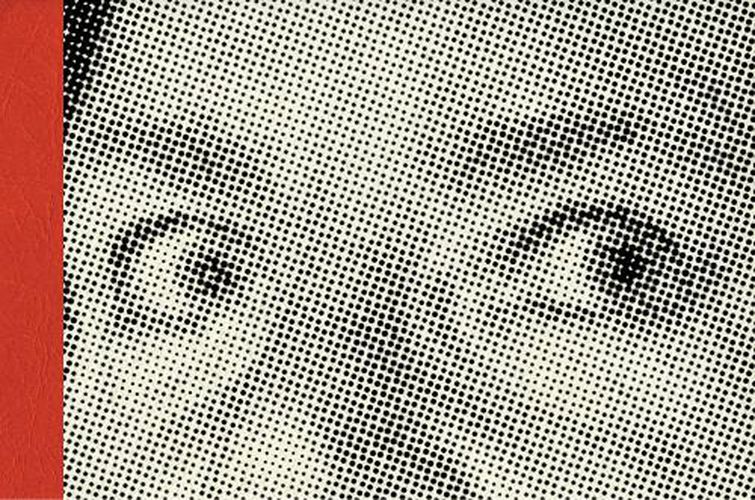Readings Newsletter
Become a Readings Member to make your shopping experience even easier.
Sign in or sign up for free!
You’re not far away from qualifying for FREE standard shipping within Australia
You’ve qualified for FREE standard shipping within Australia
The cart is loading…






A cultural history of the sublime first image of a black hole, in photographs and documents
Peering into Light’s Graveyard: The First Image of the Black Hole, read the New York Times’ April 11 cover story. The headline, like many others that day, was accompanied by an image of a glowing celestial ring framed by infinite blackness: the first image of a black hole. In his first book, New York photographer Matthew Beck (born 1986) focuses on the unveiling of this previously unseeable image by following it into the depths of the New York City subway.
The book suggests the notion that the cosmos is not something to simply be observed from our vantage point as humans, but more a system that we are intrinsically a part of; and the true nature of the black hole seems to be as elusive as the answer to humanity’s most pressing question of why.
$9.00 standard shipping within Australia
FREE standard shipping within Australia for orders over $100.00
Express & International shipping calculated at checkout
A cultural history of the sublime first image of a black hole, in photographs and documents
Peering into Light’s Graveyard: The First Image of the Black Hole, read the New York Times’ April 11 cover story. The headline, like many others that day, was accompanied by an image of a glowing celestial ring framed by infinite blackness: the first image of a black hole. In his first book, New York photographer Matthew Beck (born 1986) focuses on the unveiling of this previously unseeable image by following it into the depths of the New York City subway.
The book suggests the notion that the cosmos is not something to simply be observed from our vantage point as humans, but more a system that we are intrinsically a part of; and the true nature of the black hole seems to be as elusive as the answer to humanity’s most pressing question of why.